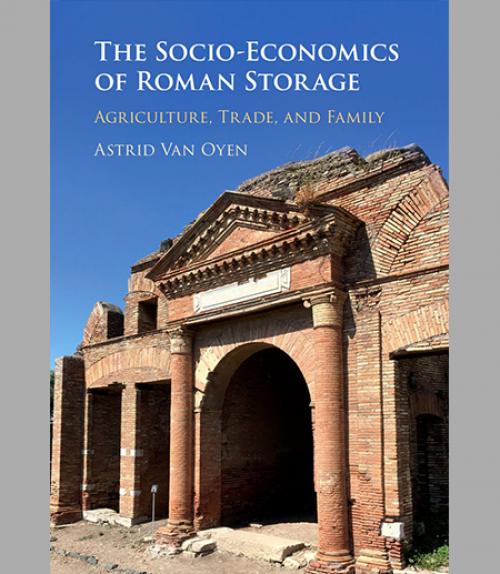
 Department Homepage
The College of Arts & Sciences
Department Homepage
The College of Arts & Sciences
New book chronicles complexities of Roman storage
Storage in the preindustrial world of ancient Rome could make or break small farmers and giant empires alike.



